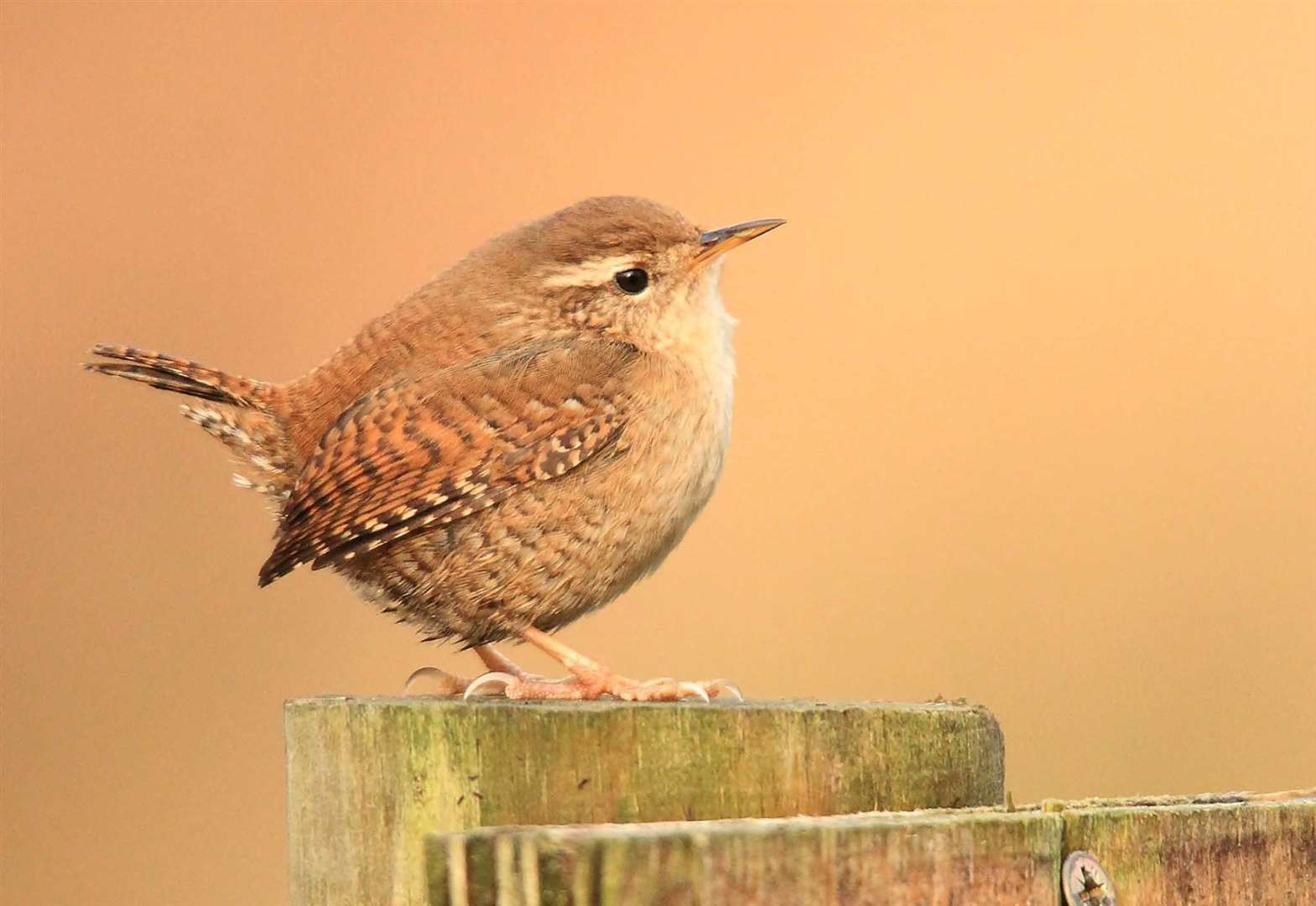[ad_1]
Last week was National Nest Box Week, but as a dear colleague once said to me, the best time to put a nest box up is whenever you think of installing one. A nest box languishing in a shed waiting to be installed or sat on a shelf in a shop is of no help to birds, writes Erin McDaid of the Nottinghamshire Wildlife Trust.
Despite growing awareness of environmental issues and millions of people caring about nature, natural nesting sites have been in decline for decades. As a result, installing a nest box in a garden or shared community space is a no-brainer and a real boost for our feathered friends.
In addition to helping a surprising number of species, from the ubiquitous robin to much larger visitors such as tawny owls, installing a nest box also gives a great opportunity to get up close to nature, to really connect.
A well-placed box will give you front row seats to observe birds through the fascinating nesting season.
With many species nesting earlier than they used to, its still worth putting up boxes now.
Even if it is not used straight away, a new box will provide birds with options and may well be used later in the season for a pair raising a second brood or even get used next winter by birds such as wrens seeking shelter from the cold.
Considering that the area of gardens in the UK is larger than the total area covered by the 2000-plus nature reserves cared for by wildlife trusts, and as development destroys trees, hedges and old buildings, natural nesting sites continue to disappear.
Nest boxes in gardens can, therefore, make a real difference.
While there are a myriad of nest box designs available to buy, you can add to your sense of connection with nature by making your own.
As long as you follow a few simple guidelines, you don’t have to be an expert joiner or to have expensive tools and materials to build a perfectly serviceable box.
Birds don’t require precise dimensions and the key factors are that a box is weatherproof and as safe as possible from predators.
There are plenty of good designs available online, from our website as well as sites such as the British Trust for Ornithology — the bastions of nest box know-how.
They also published a great book called simply The BTO nest Box Guide written by Chris Du Feu, a long-term member and volunteer with Nottinghamshire Wildlife Trust.
You will need to scale your creation to suit the type of birds you would most like to attract and to decide whether to have a box with a hole — to suite birds such as tits and sparrows —or an open fronted design favoured by robins and wrens.
You also do not have to use new timber. Perfectly sturdy and serviceable boxes can be made from off cuts or even old pallets — but do make sure that there are no preservatives on the wood, especially on the inside surfaces.
Whether attached to a wall or a tree, the height above ground is not critical for most species as long as it’s away from disturbance of humans and predators, including cats.
If the location has no natural shelter, it is best to mount a box facing between south-east and north to prevent strong direct sunlight heating the box and to limit the impact of wind and driving rain.
Do not be tempted to install your nest box close to a bird table or feeding area. The frequent toing and froing of other birds will most likely prevent birds from choosing to breed in the box.
But do site it somewhere you will be able to watch it from a distance. That way, once a family does take up residence; you will be able to enjoy their antics for weeks to come.
[ad_2]
